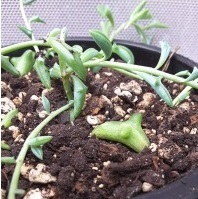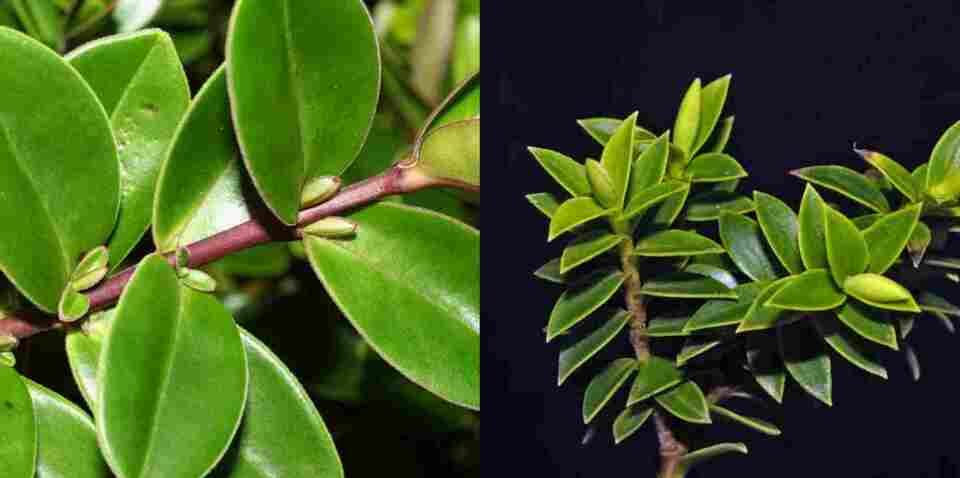Blind Plants
Blind Plants.
It's a phenomenon some of you propagating gurus might have run into. Essentially, these are plants that stop growing, often right when you expect them to take off.
Some plants are more prone to this than others.
You might have seen those really nice-looking Hoya heart-shaped - Kerrii leaves and thought, wow, I love those. But then heard that they will (probably) never grow into a full plant. They're the classic example of a blind leaf cutting!
- Hoyas can be grown from a single leaf, but you must include a tiny bit of the stem—a nip with your fingernail is sufficient. This little bit of stem contains the necessary growth node, and that's what will enable it to develop into a mature plant. While some plants can be grown from a segment or a single leaf, other plants just don't do anything after rooting.

The Succulent Struggle
Senecio are another tricky bunch, as they are very difficult to grow from simple leaf cuttings. The photograph here shows a single blind leaf of a String of Dolphins. Look at the individual, very plump piece, that will never grow into a plant. It's been in there for months already.
All these examples are what is referred to as Blind Plants.
They may grow roots and look healthy, but they just don't develop further. Or, if they do, they take so long it's simply not worth the wait.
Pruning for Growth
Another way that some varieties of plants can become blind is how you prune them. Hebes, especially those cute little stubby garden varieties, are prone to this.
- It is always best to cut above a healthy node that is already showing signs of producing offshoots.
- If you cut at the wrong point on these, that stem may never grow further. It will be blind.

Hebes really benefit from just pinching the growth tips out (nip those pointy bits off, as shown in the photo) thus encouraging the stem to produce new off-shoots. Then you can prune them down when you see all this nice new growth and take your cuttings from plants that are showing laterals.
If you are taking cuttings from Hebes, be aware that they are also susceptible to going blind.
I do not propose to understand it all—my observations come from working closely with Senecio plants and my training at a wholesale plant nursery where I learned about Hebe cuttings and blind plants. (This doesn't mean every Hebe will go blind, some are just more prone to it than others. The Hebe photos are borrowed from the University of Auckland.)
Next Steps
Want more deep-dive plant knowledge? Click here to view my Hoyas available—stock supplies change over time, so get in quick! [Link to your Hoya sales page]
Thank you for reading this far.
You can see some more of what I post on my Social Media channels. Search for Kats Flora or follow me here
Posted: Tuesday 5 April 2022
Recent Posts
Archive
Tags
| Top |

